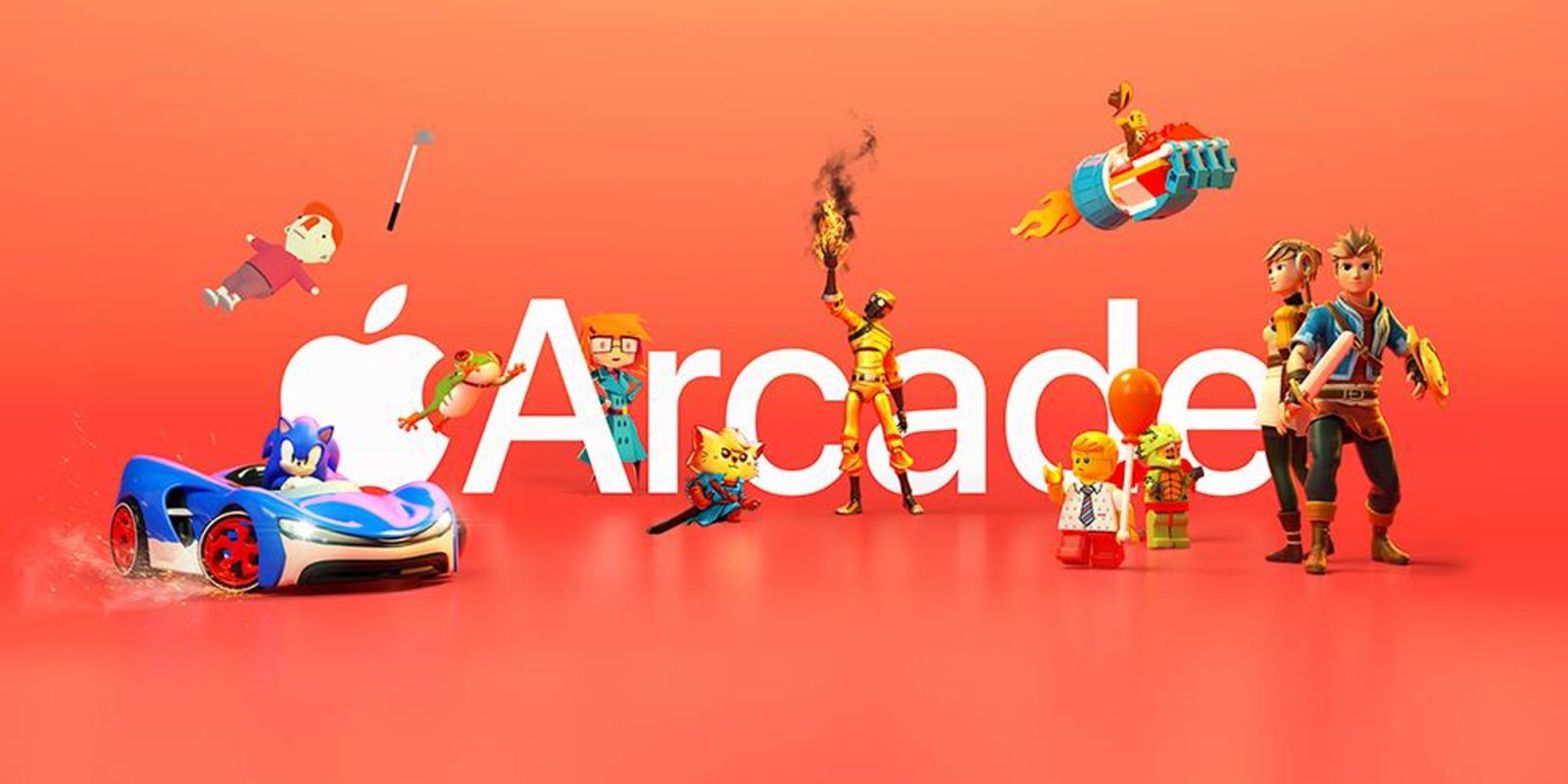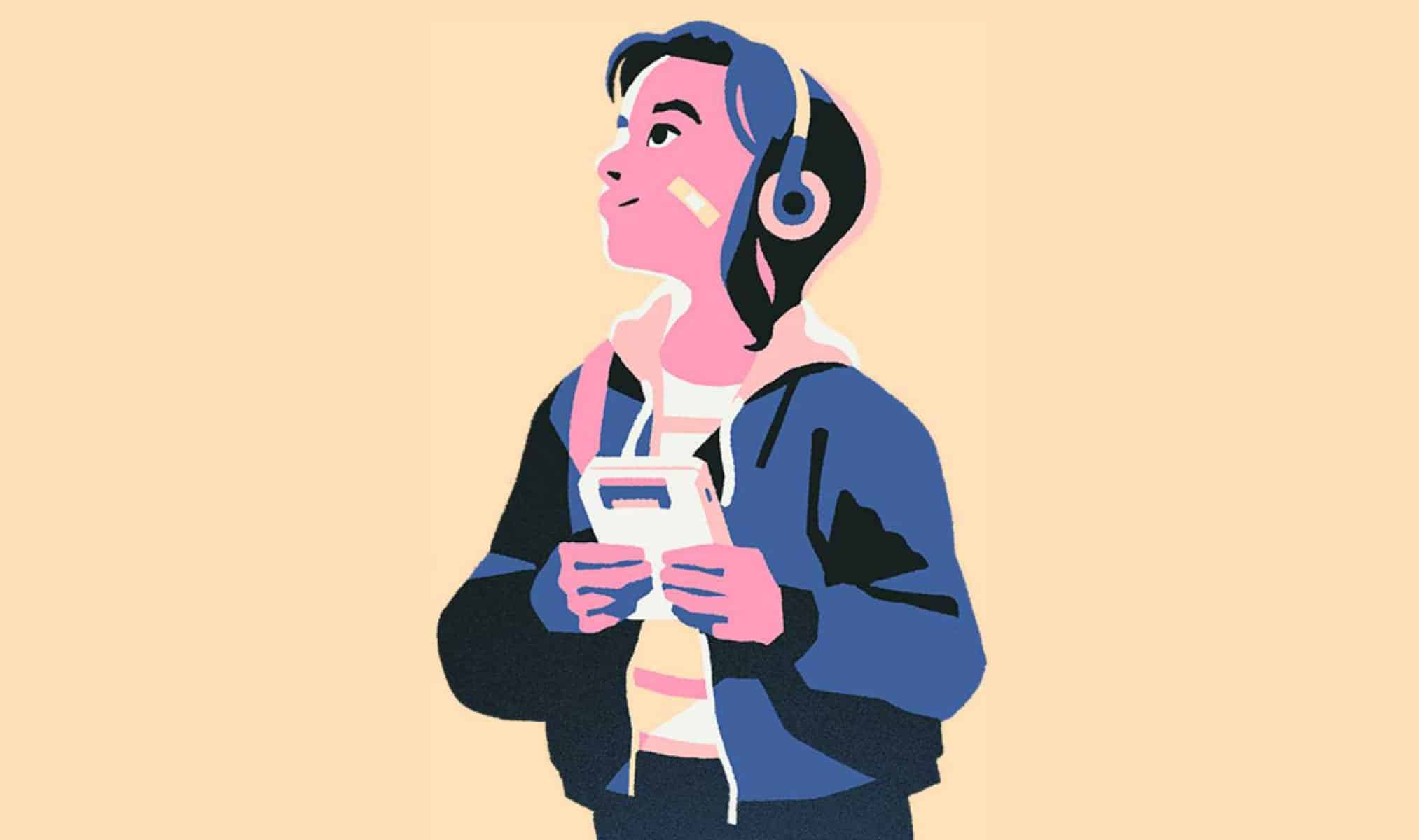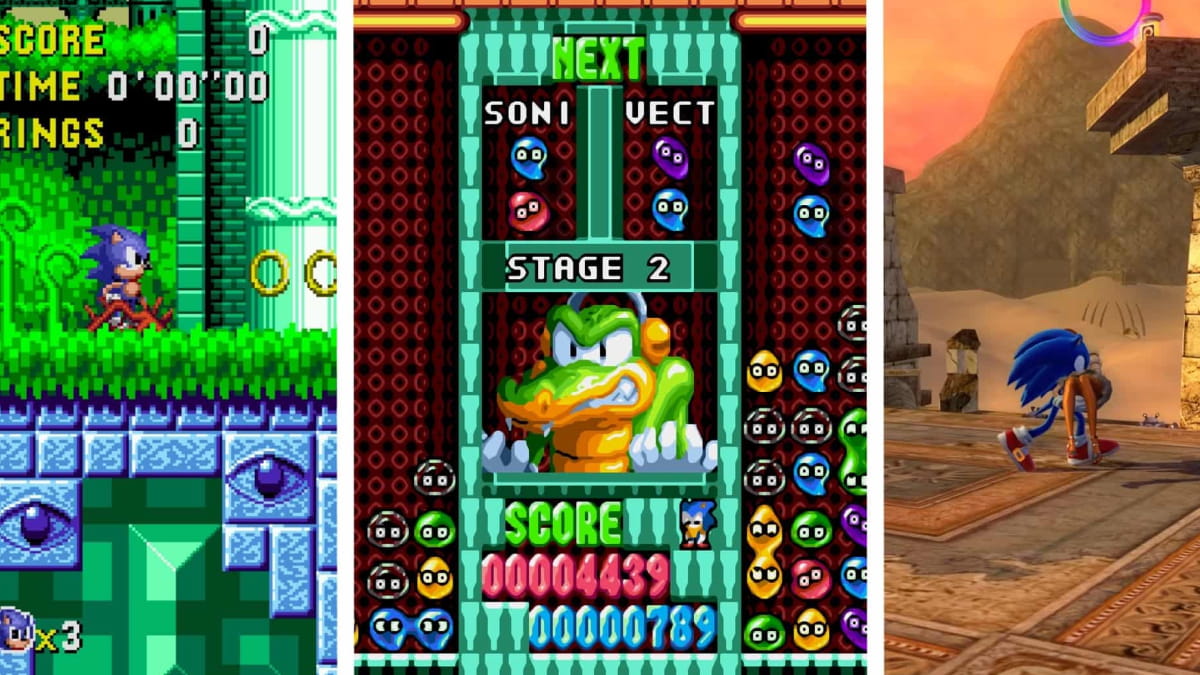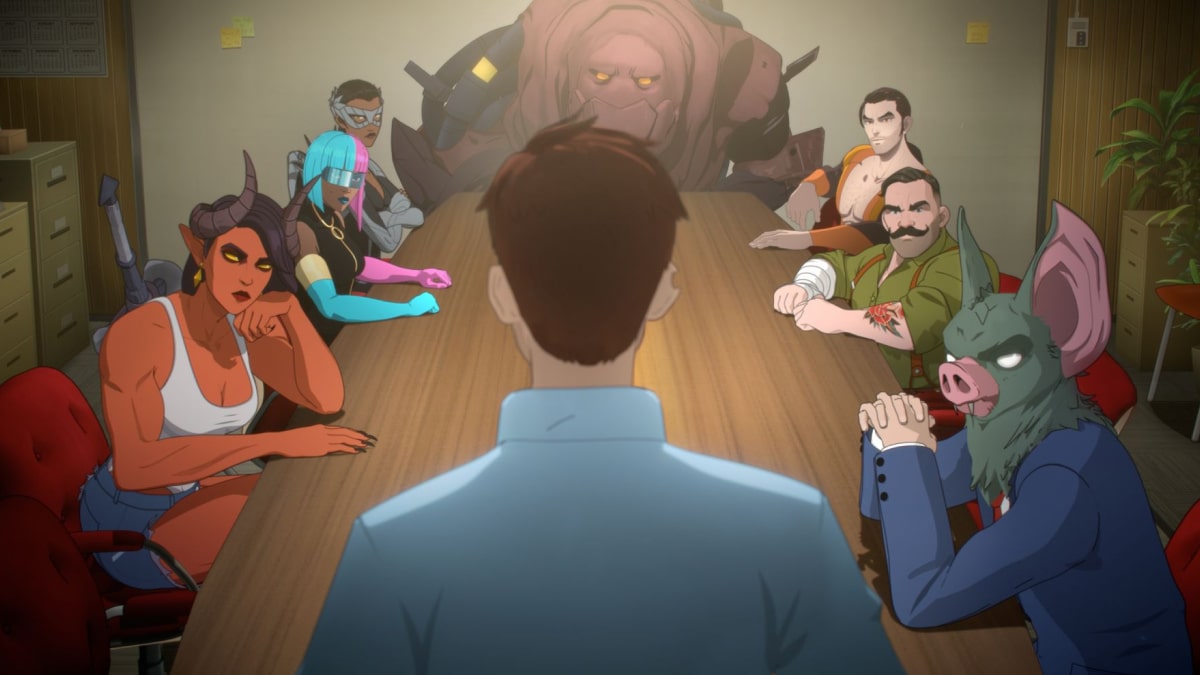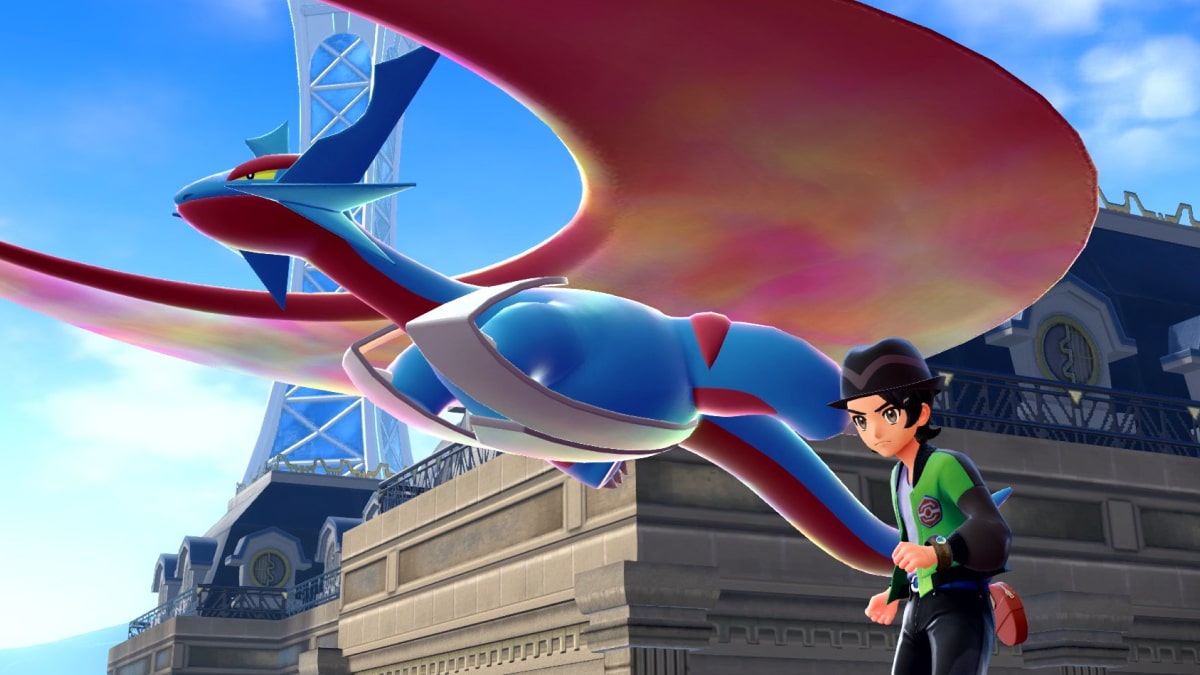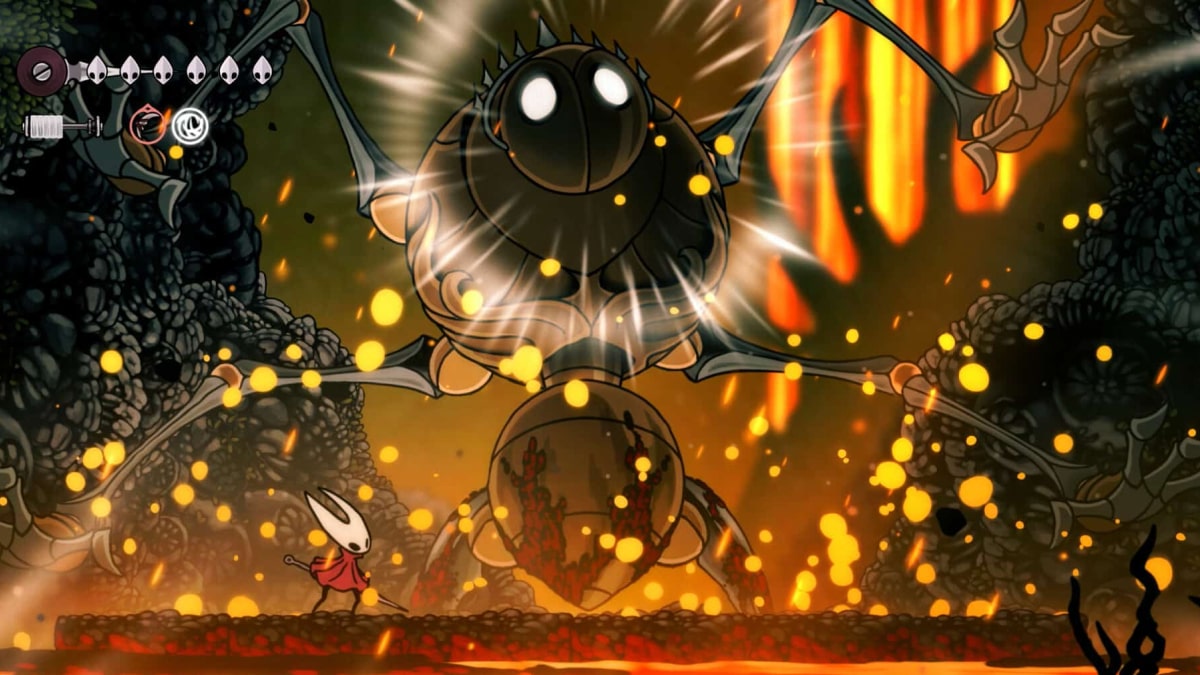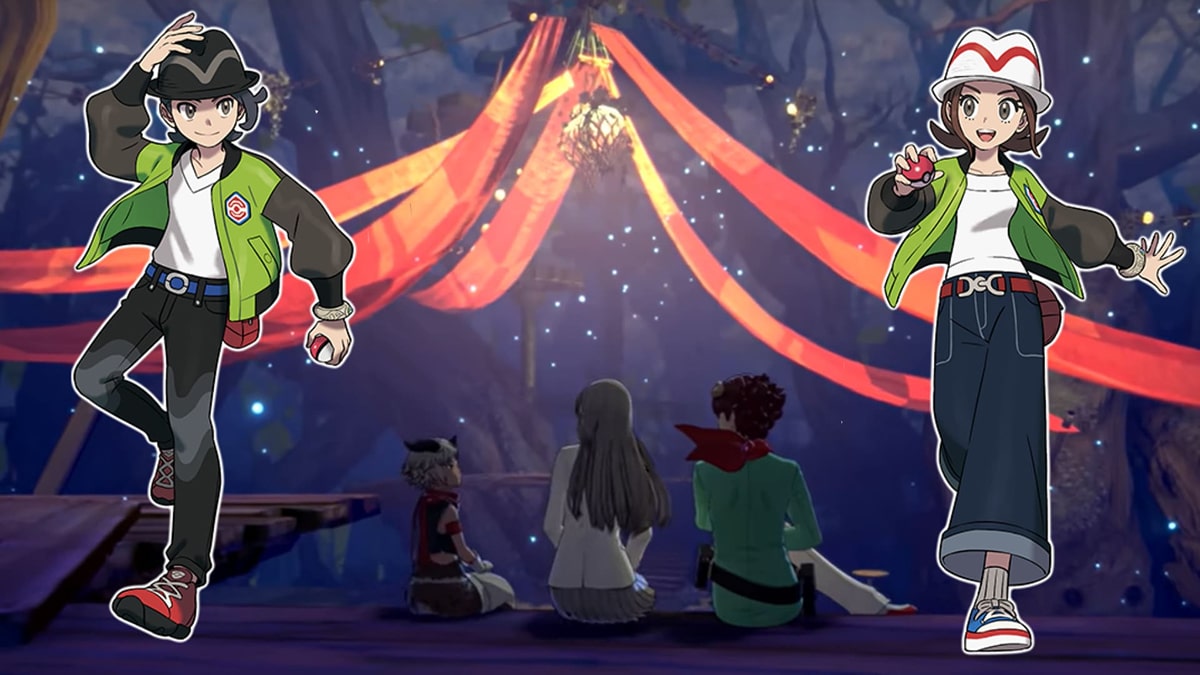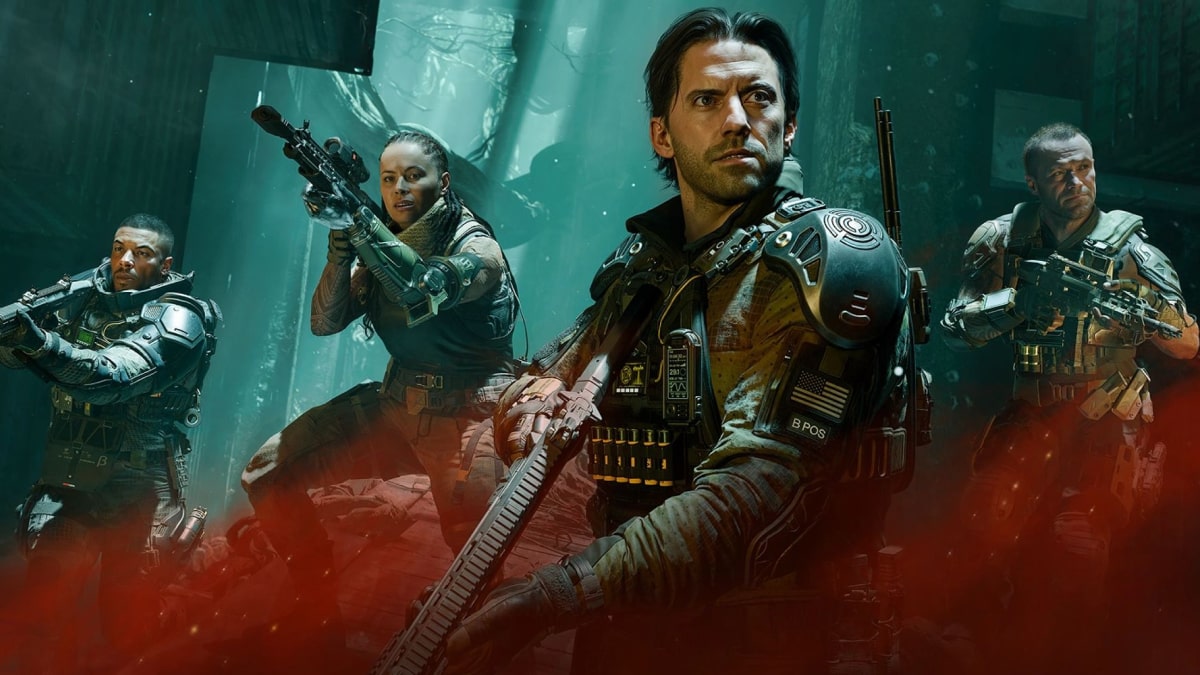You can trust VideoGamer. Our team of gaming experts spend hours testing and reviewing the latest games, to ensure you're reading the most comprehensive guide possible. Rest assured, all imagery and advice is unique and original. Check out how we test and review games here
Why is it that I should still be dubious of mobile gaming? It can’t be the thought of cramming a game into a small space; I just purchased a New Nintendo 3DS, which felt like an act of defiance – against an ever-frothing current of hardware – akin to buying a hardback book (both devices snap shut with a similarly satisfying heft). And yet, for years, I’ve allowed a snobbery to persist. It could be the crummy controls offered by a touch screen, or the way that mobile games must contend with the elements of electronic interruption – the texts, the e-mails, and what have you. More likely, it’s something unreasonable, such as the notion that a phone isn’t a dedicated gaming device, and games surely deserve dedication! Or perhaps it's just the queasy sight of all that brightly coloured candy, glimpsed in the crush of a commute.
‘As a creator, we’ve been given a lot of choice, to create the thing that is our truest form.’ So says Dan Gray, chief creative officer at Ustwo Games. I spoke to both Gray and his colleague Chris Cox, the studio’s lead artist, at a recent event for Apple Arcade – the monthly subscription (£4.99) that offers a cache of downloadable games for iOS devices. Ustwo Games is most famous for Monument Valley, an isometric puzzle game that looks as though it was composed not with lines of code but of soft, bright chalk. The pair were there to showcase Assemble with Care, the developer’s new game (a puzzle game of a different kind), which was forged in partnership with Apple. ‘It’s kind of a perfect marriage between us and Apple Arcade,’ says Gray. ‘The kind of games that are great on Apple Arcade are the games that we’re already known for.’
True enough, Assemble with Care looks, in its gentle hues, of a similar kind to Monument Valley. Its art style – an unmocking recreation of the 1980s, in which trouble is pasteurised with pastel – brushes over the cliffs of a family crisis: ‘The father and daughter are coping with the loss of the mother of the family,’ says Cox, explaining the game’s underlying plot and raising an interesting point on the nature of mature content – of which, in terms of explicit violence or sex, there is none on Apple Arcade. ‘When we talk about maturity, there’s not gonna be any violence in this game, there’s not gonna be swearing, there’s not gonna be sex in this game, but what there is, it’s gonna be relatable and mature themes.’ These themes are explored obliquely, in the fixing of knick-knacks – cassette players, SLR cameras – with swipes and prods of the screen.
‘Primarily what we wanted to do was tell the story through the objects themselves, like what they are, what their design is,’ says Cox. ‘I’ve got things like my glasses case and my glasses wipe… they’re really nice… I’ve got like a little card case, which is, like, two-tone colours… If it feels like there’s a lack of these tactile objects, people will seek them out.’ As he talks, he jabs at the phone screen, reassembling a jumble of plastic and wiring into an orange-and-cream-coloured handheld game console. It strikes me that Assemble with Care seems precisely the sort of pared-back, weather-proofed game that one requires when being jostled on a jam-packed train. Though personally, when I find myself in those situations, I am consumed by more combat-driven desires.
‘You fight on rails,’ says Giuseppe Enrico Franchi, the Co-founder and lead game designer at 34BigThings. He was there, along with Max Da Vià, the studio’s chief marketing officer, to showcase Redout: Space Assault – a spin-off of Redout, the futuristic racer with more than a whiff of WipEout. The brief for Space Assault was simple, as summed up by Franchi: ‘The idea was “let’s put a Redout ship in space and blow up stuff,”’ a very pleasing prospect, which he describes as being ‘very much inspired by Star Fox.’ (As we spoke, I played the game, which brimmed with crisp clusters of asteroid and bursts of laser.) One of the intriguing aspects to Apple Arcade is the effect that such a partnership can have on the development process. ‘This was born as a Steam game, as a PC game,’ says Franchi, ‘and then the conversation with Apple further progressed.’
It’s easy to imagine, with a company as king-sized and carefully marshalled as Apple, that developing for one of its platforms would entail the curbing and compromise of ambition, lest any game fall too far from the tree (hence the family-friendly air of the arcade). What I found most striking, in talking to Franchi, was not only how the partnership changed the game’s design – ‘With Redout we spoke to a kind of hardcore audience, and this goes out to a whole different audience’ – but also how it, as Franchi says, ‘Helped us find the focus, like, blow up stuff and go fast.’ Space Assault had been in development for three years, and the move to Apple Arcade meant the pruning back of some of the game’s overgrown patches. ‘The original prototype was becoming kind of bloated and full of unnecessary things,’ says Franchi, ‘which would cause like feature creep.’
Some limitation is, of course, inevitable; Space Assault’s narrative (‘You can completely ignore it, if you want to’) and length (‘You’re looking at something between three and five hours’ – though the team is working on ‘additional chapters’) are both slight, but such is the nature of the platform. It was hard enough ensuring my ship didn’t get its nose cone crunched while I spoke with the developers, let alone grappling with a story for very long. I dread to consider the state of the galaxy if it depended on my piloting expertise while stuffed onto the 33 bus to Hammersmith – any intergalactic complaints will have to go straight to TFL. Sometimes, the sort of escapism we crave is that which requires minimal effort, and when the nights draw in, and deprive us of the proper light to stare out the bus window, we need fuel, or at least fodder, for the eyes.
Fortunately, Lifelike, from Austrian developer Kunabi Brother, is considerably more interesting than whatever lurks along my bus route. In fact, the best thing about Lifelike is that it’s nothing like life. It drops you – in this case, ‘you’ refers to a particle of some iridescent sort – into a world of fathomless blue, among slow-dancing swashes of colour, and asks very little of you other than to explore by swiping. ‘So it’s all about diving into this original acoustic atmosphere and world,’ says Peter Vorlaufer, a programmer at Kunabi Brother. He tells me that the studio’s relationship with Apple freed the game’s creator to pursue his passion: ‘The game designer whose idea all this was, he always wanted to create some kind of meditational game with these visuals – these visuals and the sounds – where the main thing is to calm the players down.’
It’s a noble goal, and, after playing for twenty minutes, it felt as if my brain had been shampooed. I pulled the headphones off, the world rushed back in, and I found, to my embarrassment, the event space had emptied. Everyone must have scarpered for lunch. I sheepishly crept out and slunk down into the underground. It was early afternoon, and there was only a thin scramble of passengers on the train, spread apart and spaced, eyes darting here and there. I did something I hadn’t done in ages and pulled my phone out to play. Something popped into my head that another programmer from Kunabi Brother, Julia Angerer, had told me about the game’s particles: ‘They interact in ways like going away from each other or keeping a distance, some even panic.’ And suddenly the game’s title rang true.
